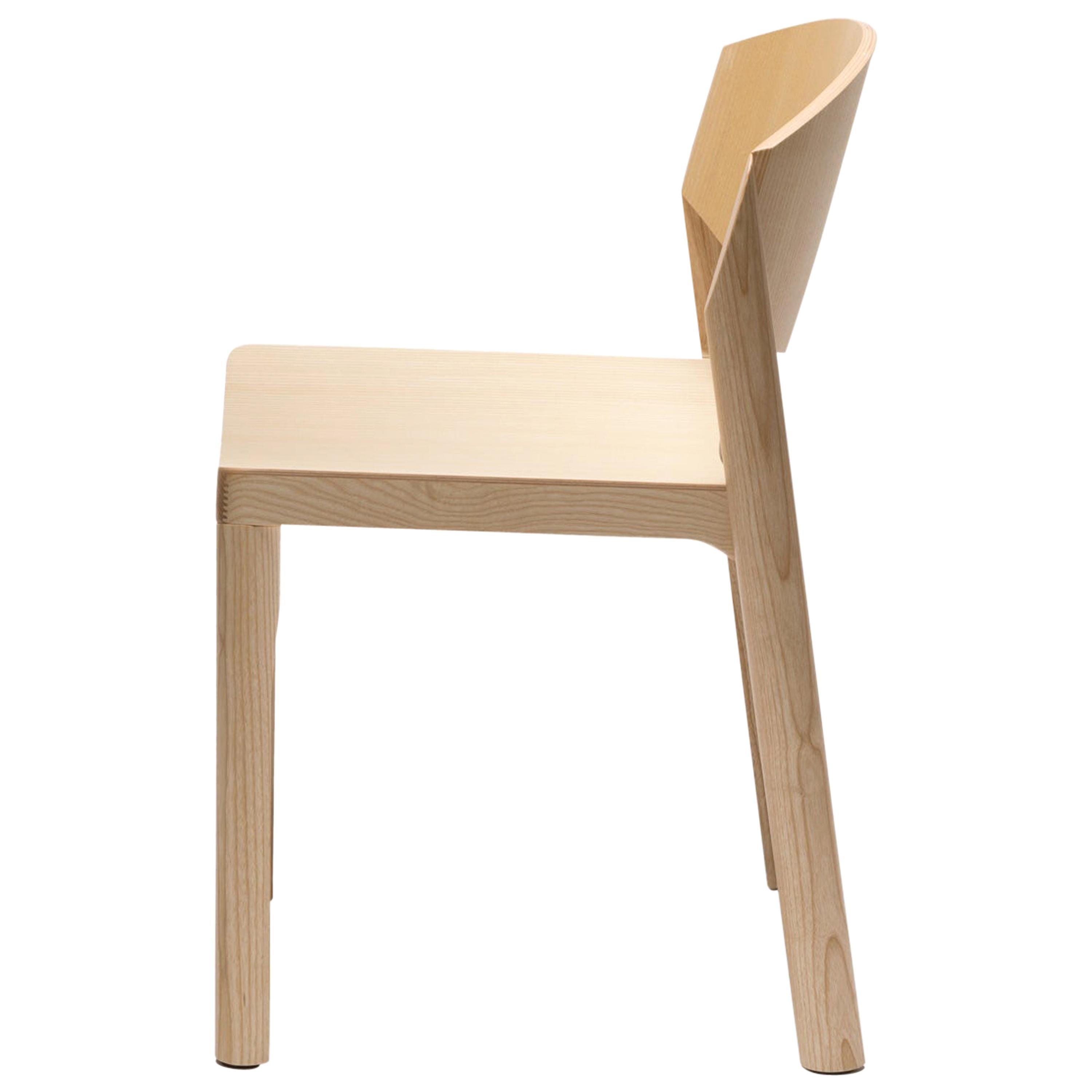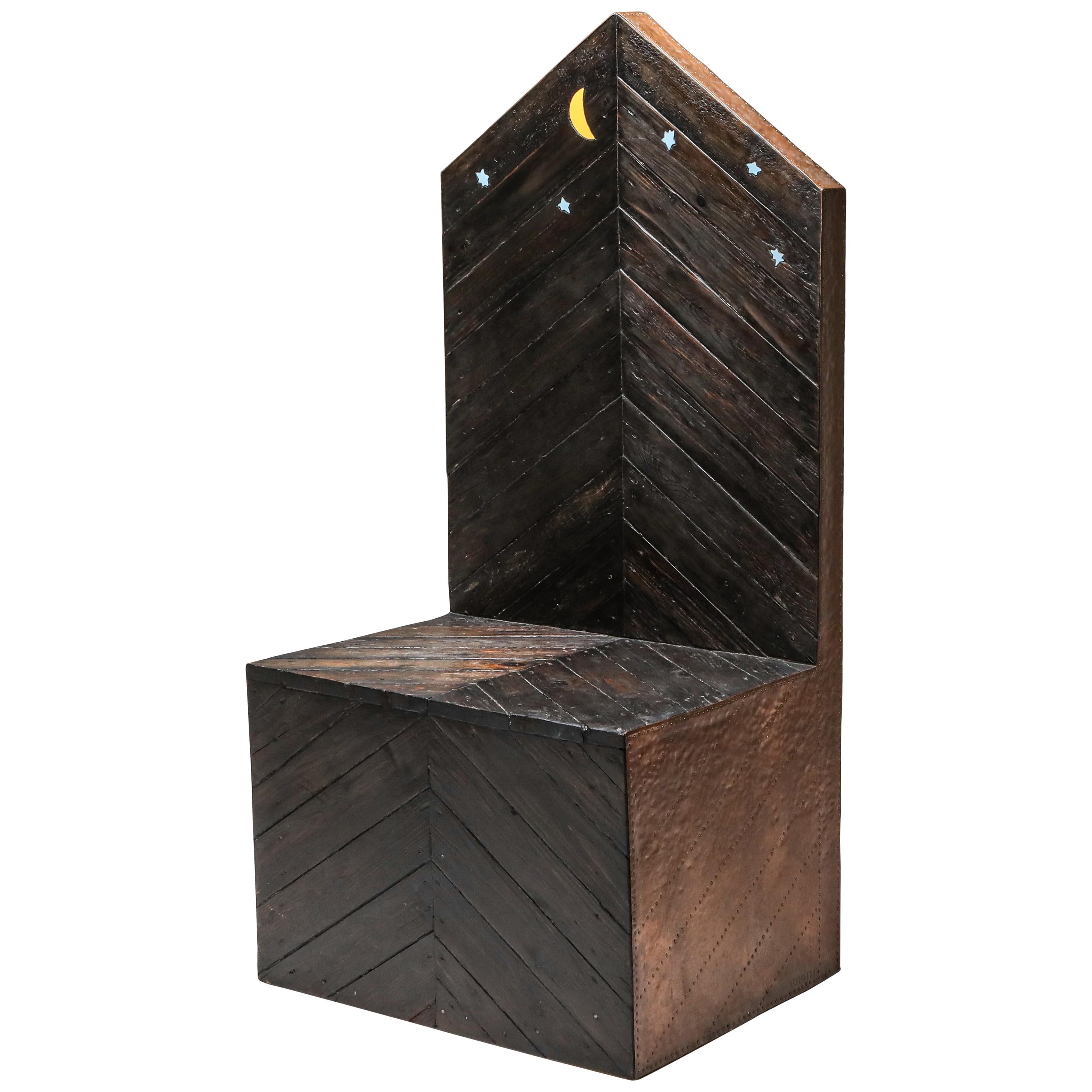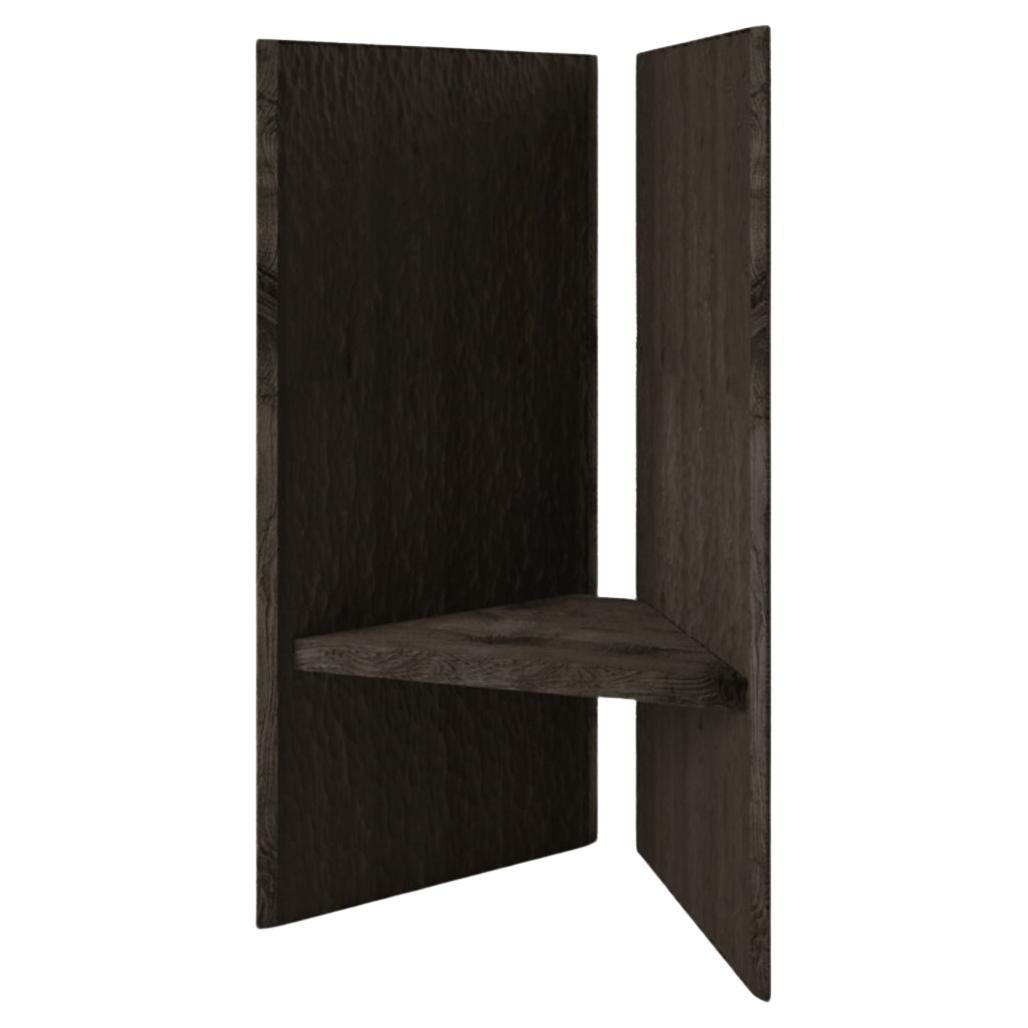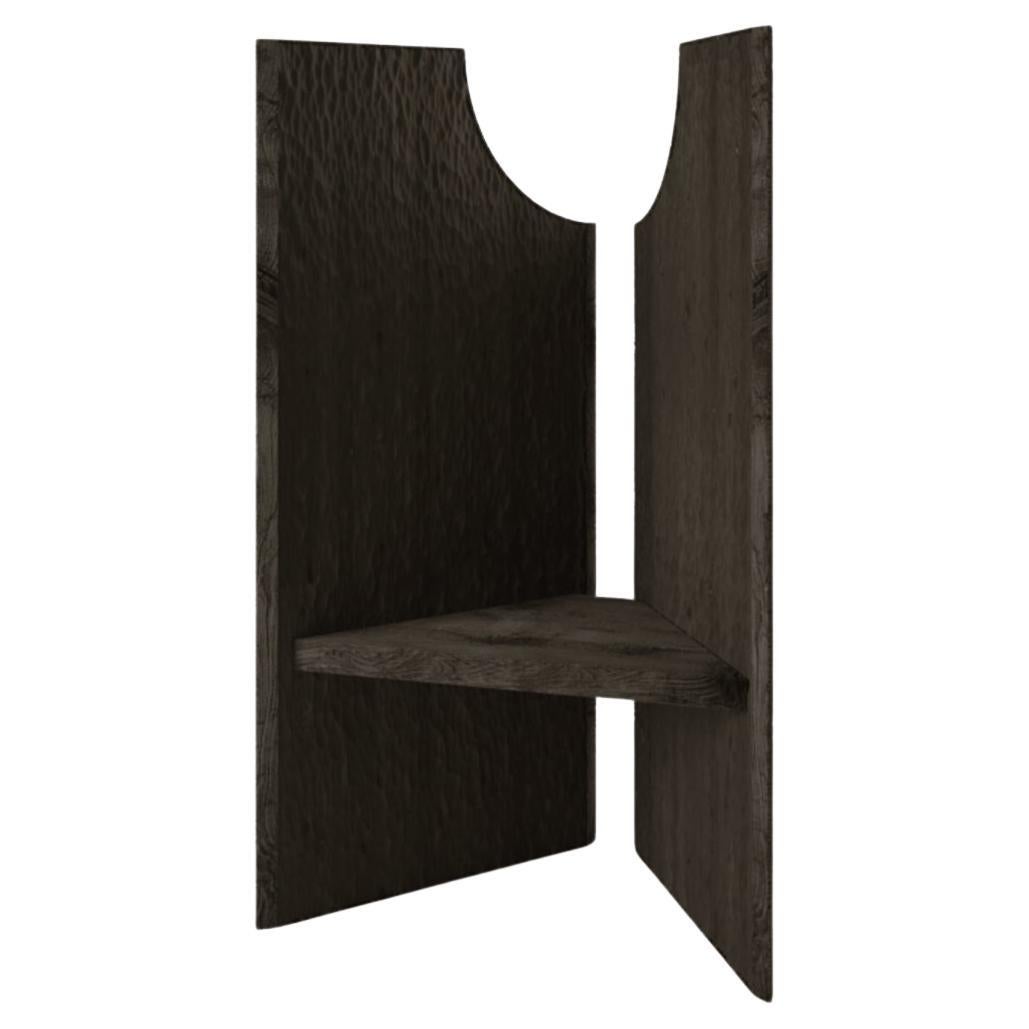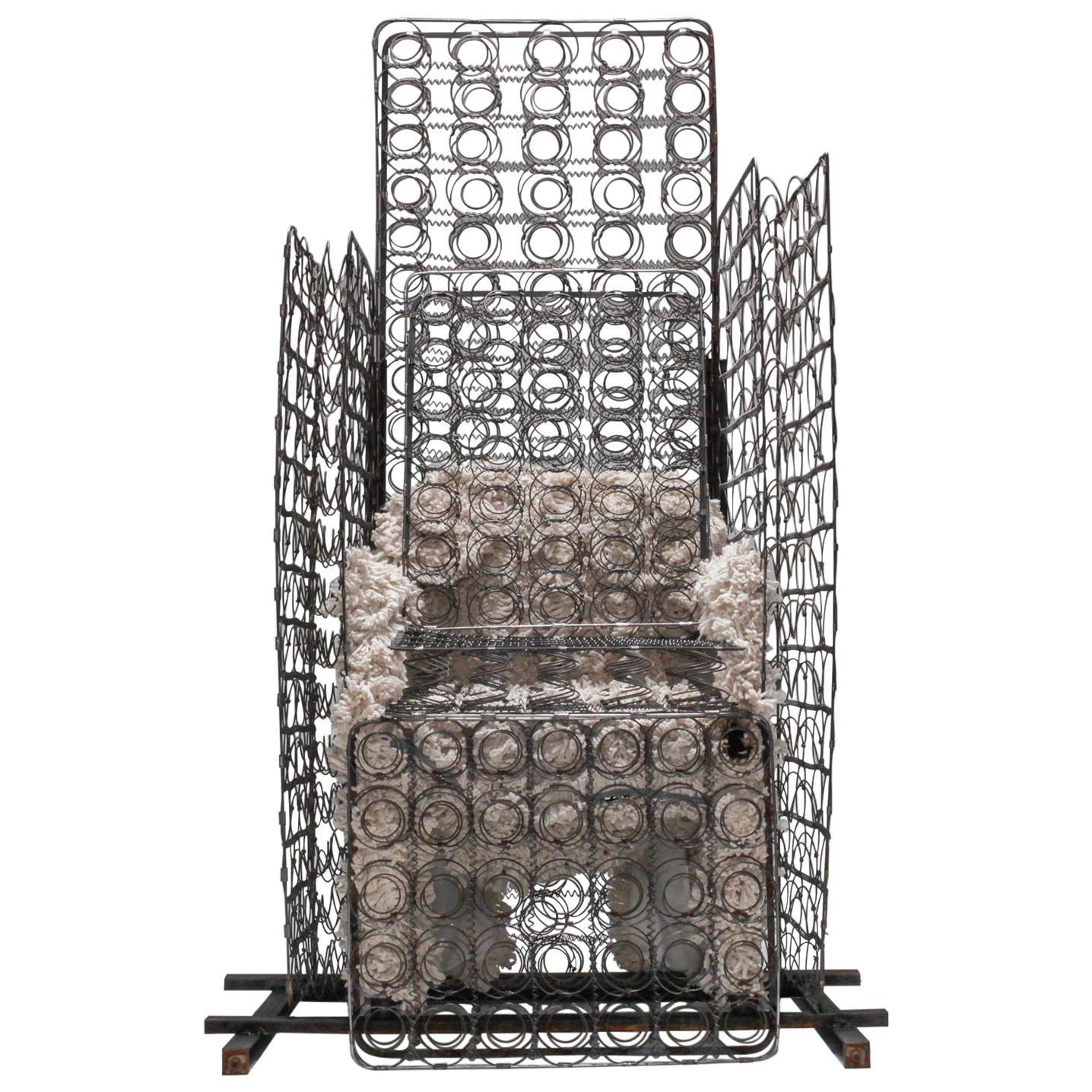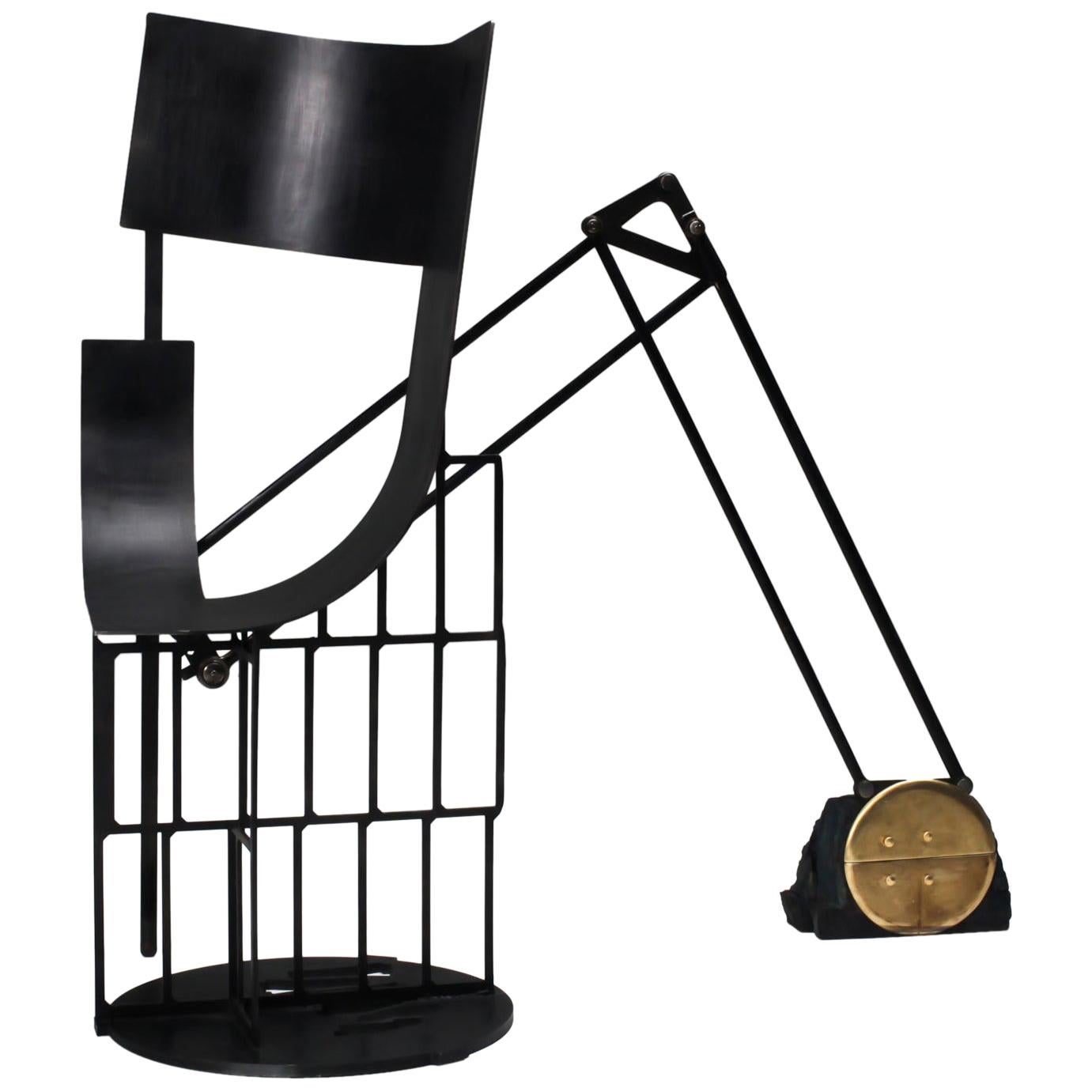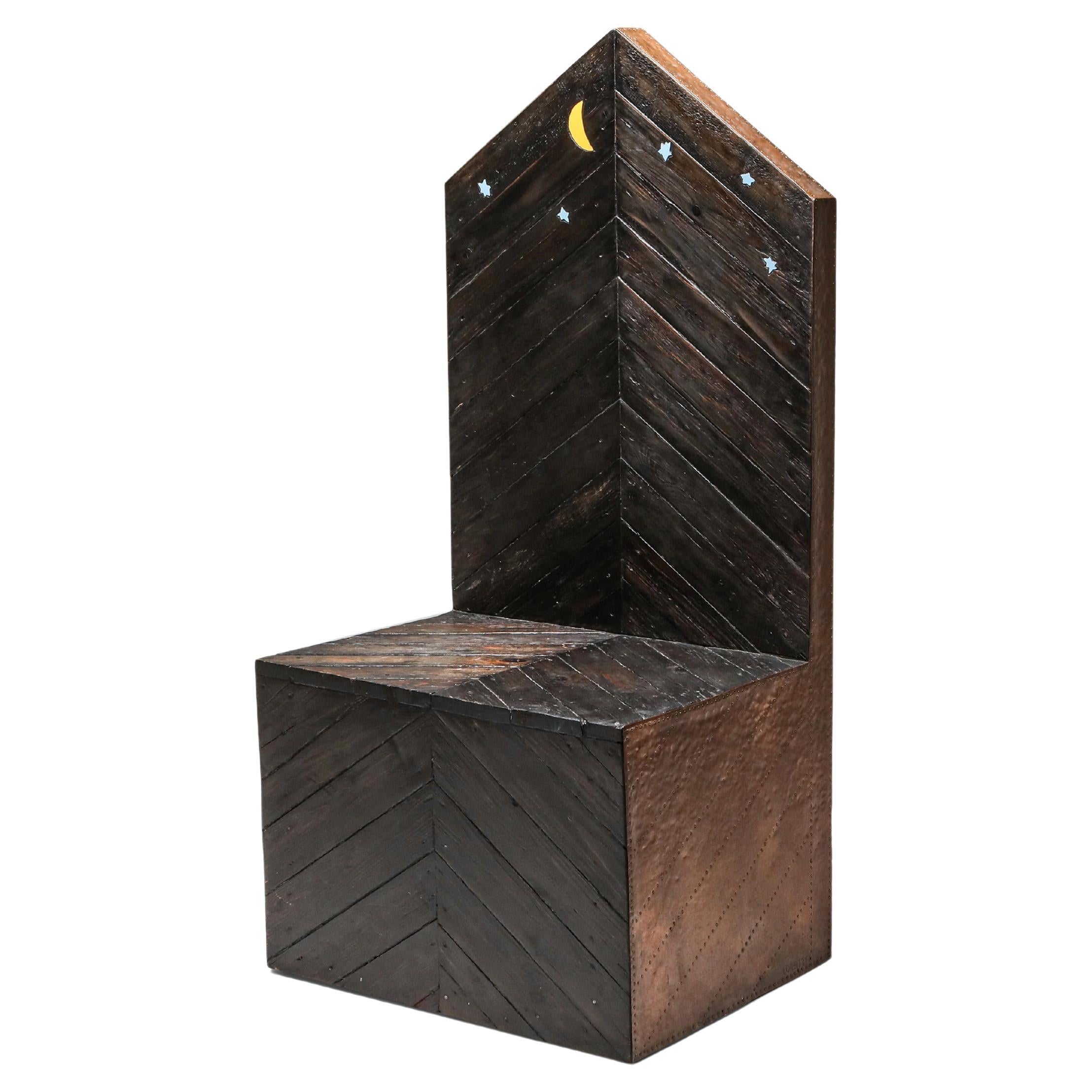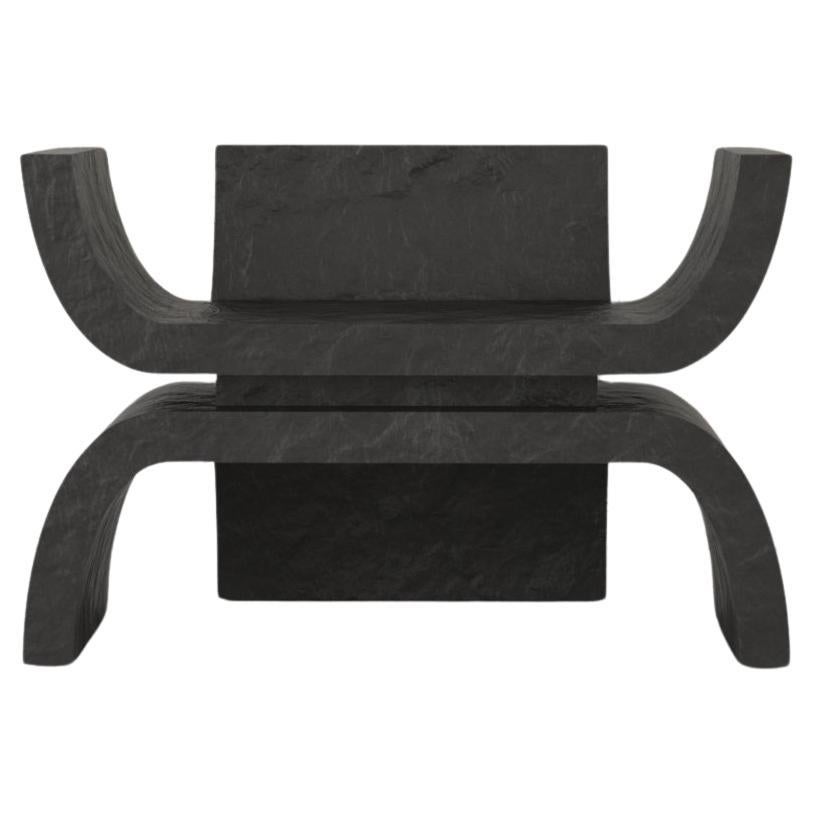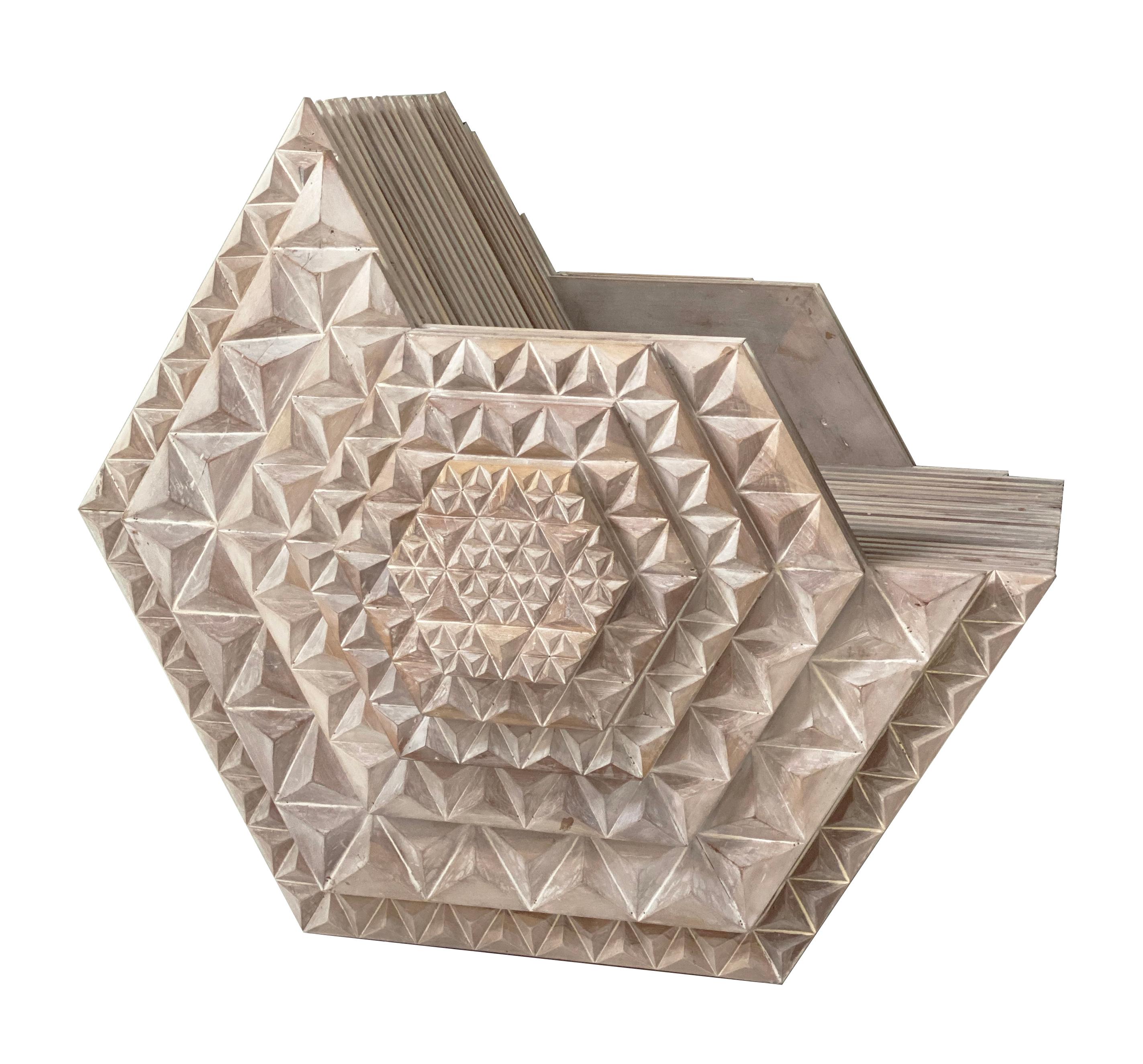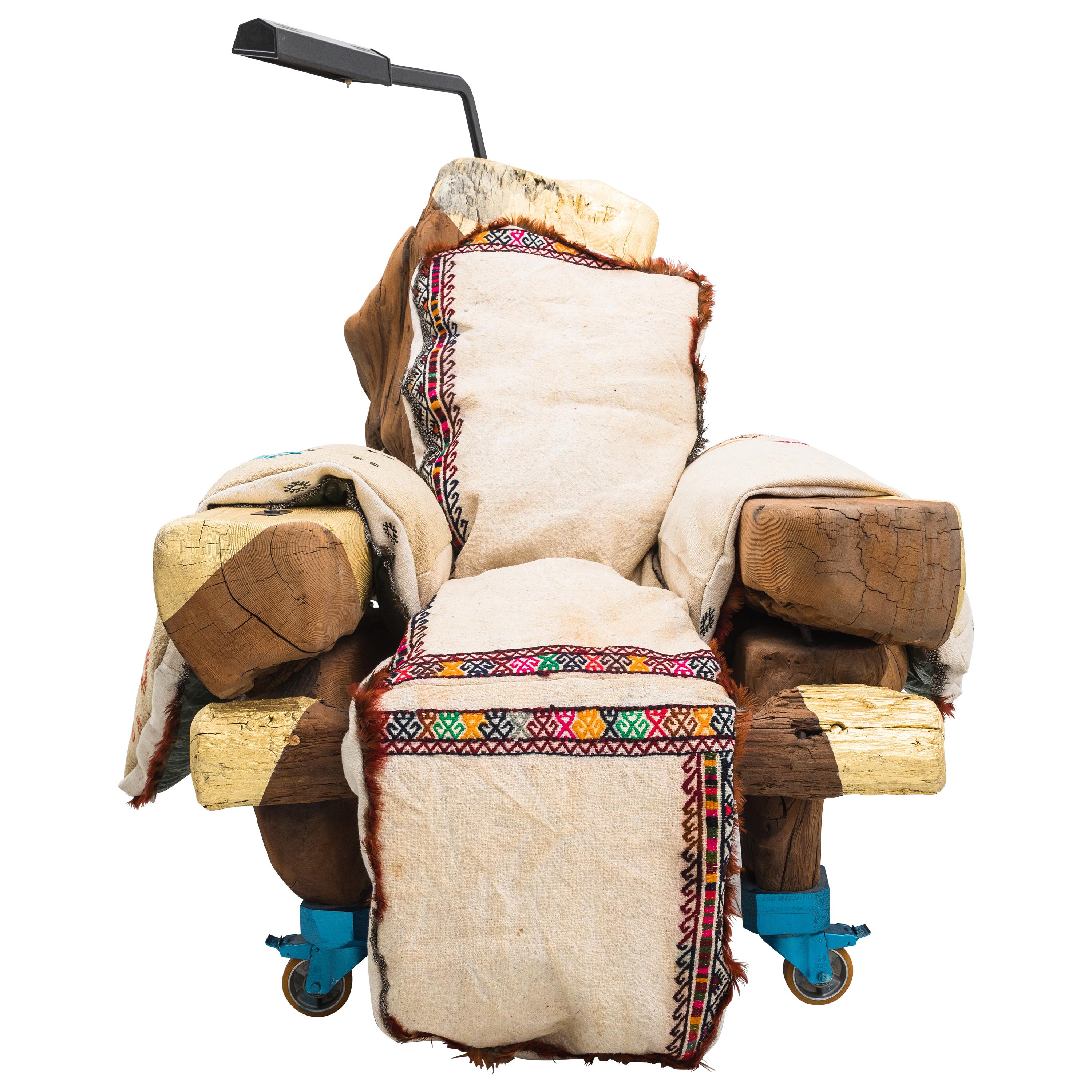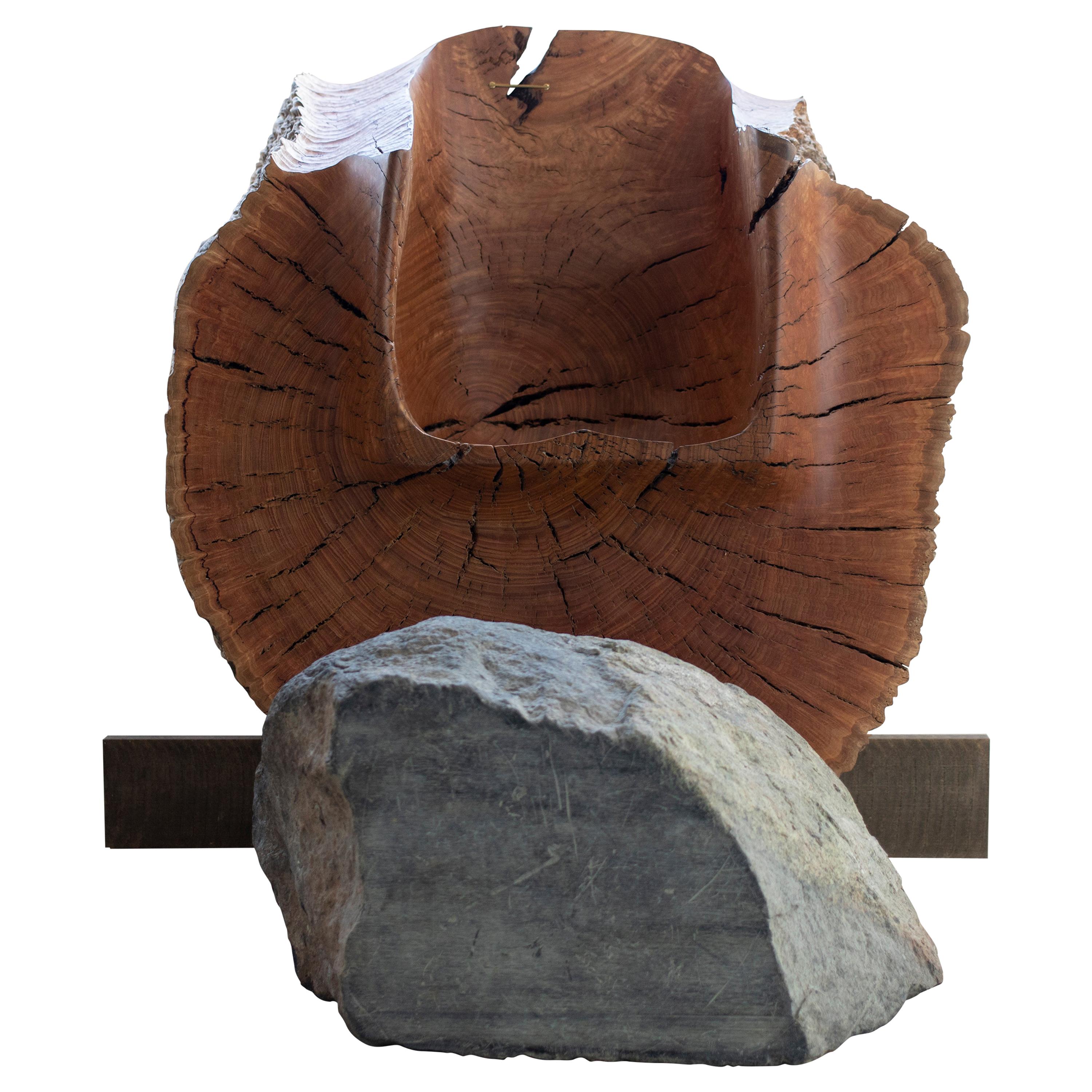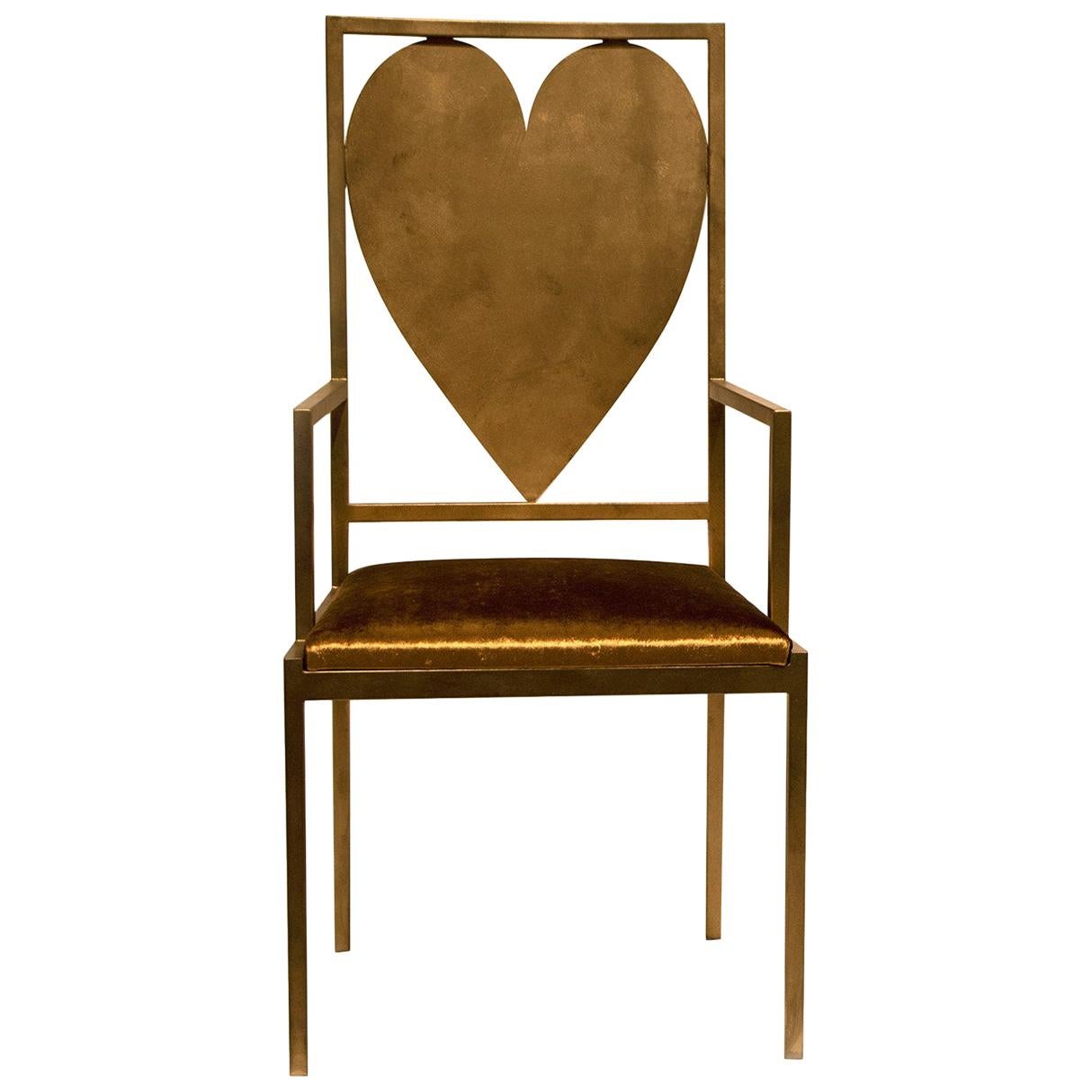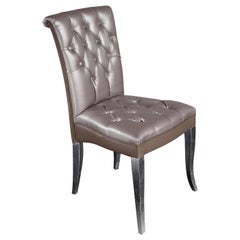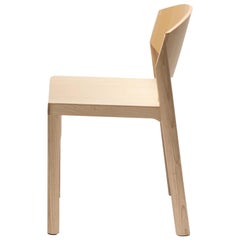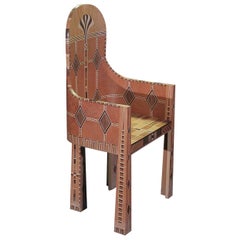
Art Deco Throne by Mauro Varotti
View Similar Items
Want more images or videos?
Request additional images or videos from the seller
1 of 5
Art Deco Throne by Mauro Varotti
About the Item
- Creator:Mauro Varotti (Maker)
- Dimensions:Height: 47.25 in (120 cm)Width: 17.33 in (44 cm)Depth: 19.69 in (50 cm)
- Materials and Techniques:
- Place of Origin:
- Period:
- Date of Manufacture:Contemporary
- Production Type:New & Custom(Current Production)
- Estimated Production Time:5-6 weeks
- Condition:
- Seller Location:Milan, IT
- Reference Number:Seller: MAURRN-0011stDibs: LU1706220445552
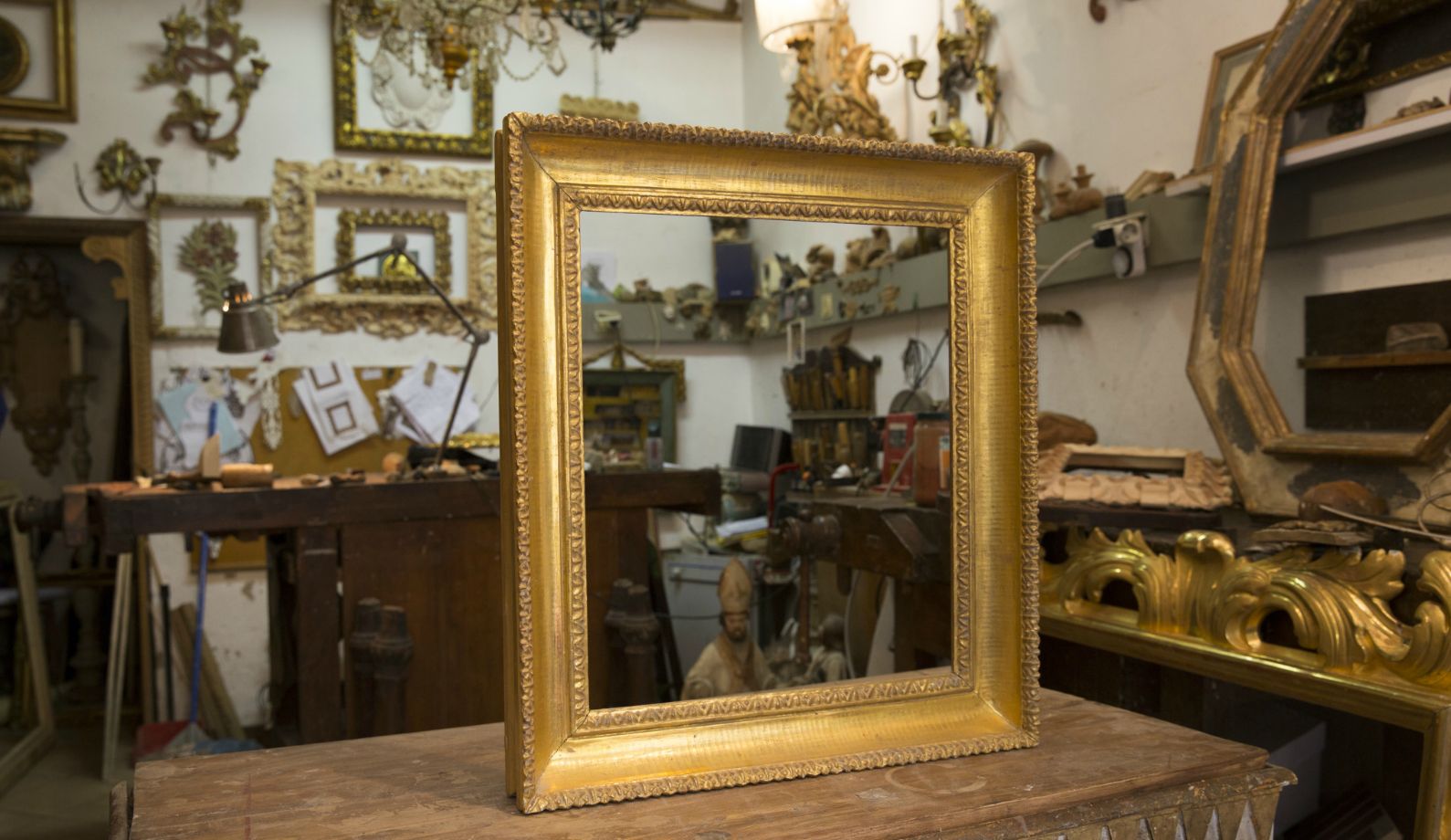
About the Seller
4.8
Diamond Seller
These expertly vetted sellers are 1stDibs' most experienced sellers and are rated highest by our customers.
Established in 2015
1stDibs seller since 2015
1,831 sales on 1stDibs
Typical response time: 10 hours
More From This SellerView All
- Heart Throne ChairBy Giulia LigrestiLocated in Milan, ITImbued with vintage flair and artistic appeal, this armchair is anything but ordinary. Part of the Imperfect Love Collection which is, in Ligreste's words "A hymn to love wrought in ...Category
2010s Italian Modern Chairs
MaterialsIron
$9,660 / item - Art Deco ChairBy Guerra VanniLocated in Milan, ITA contemporary style with Art Deco inspiration, this chair is designed in Italy's Veneto region, the heart of Italian furniture production. On elegant wooden legs, the chair is gener...Category
2010s Italian Modern Chairs
MaterialsWood
$1,485 / item - Deco Chair with ArmrestsBy ExtroversoLocated in Milan, ITThe Deco Chair is an exquisite example of designer seating, featuring an elegant and sophisticated structure covered with gloss anthracite gray parchment and a padded seat and back u...Category
2010s Italian Chairs
MaterialsLeather
$4,620 / item - Italia Sintesi Rug by Mauro LoviBy Boralevi FirenzeLocated in Milan, ITInspired by a painting by artist and architect Mauro Lovi, this handwoven rug in pure Tibetan wool depicts a stylized image of the Italian peninsula using graphic symbols in an allur...Category
2010s Italian Central Asian Rugs
MaterialsTextile
$15,050 / item - Classic Deco Chari with ArmrestsBy ExtroversoLocated in Milan, ITClassic Deco Chair with Armrests is a premium piece characterized by the elegant mix of its ivory upholstering in fabric and its white wooden frame. This design choice makes it a sup...Category
2010s Italian Chairs
MaterialsTextile, Wood
$2,085 / item - Gaya Armchair by Stefano Bigi by Pacini & CappelliniBy Pacini & CappelliniLocated in Milan, ITThis elegant design by Stefano Bigi is part of the Gaya collection of chairs and armchairs. The timeless silhouette is adorned with the details of the small armrests, both a function...Category
21st Century and Contemporary Italian Modern Chairs
MaterialsWood, Leather
$1,625 / item
You May Also Like
- Established & Sons Mauro Chair by Mauro PasquinelliBy Established & SonsLocated in London, GBAn exemplar of great 20th century Italian design made possible by 21st century manufacturing techniques, the Mauro chair is a hardworking, irrepressibly stylish, stackable, timber chair...Category
21st Century and Contemporary Modern Chairs
MaterialsWood
From $889 / item - Throne Chair by LorenziniBy LorenziniLocated in Antwerp, BEUnusual and one-of-a-kind Throne chair, Sandro Lorenzini, Italy 1980s Solid wooden panels with ceramic stars and moon inserts. Copper side panels. A fantastic piece made in Italy ...Category
Vintage 1980s Italian Post-Modern Chairs
MaterialsCopper
- Geb Throne by StudiopepeLocated in Geneve, CHGeb throne by Studiopepe. Dimensions: W 150 x D 90 x H 73 cm Materials: Black wood. Multifaceted design agency Studiopepe was founded in Milan in 2006. Eclectic, voguish, it is ...Category
2010s Italian Post-Modern Chairs
MaterialsWood
$5,658 / item - Nut Throne by StudiopepeLocated in Geneve, CHNut throne by Studiopepe Dimensions: W 140 x D 140 x H 73 cm Materials: Black Wood Multifaceted design agency Studiopepe was founded in Milan in 2006. Eclectic, voguish, it is t...Category
2010s Italian Post-Modern Chairs
MaterialsWood
$6,097 / item - Functional Art Chair / Throne "'Spring Swab" by Lionel JadotBy Lionel JadotLocated in Antwerp, BECollectible design / Functional art, Lionel Jadot for Everyday Gallery, Belgium 2020 Born in Brussels in 1969, Lionel Jadot is an interior designer, artist, designer, filmmaker, adventurer. But all at once, preferably. Lionel Jadot is firing on all cylinders. ‘I never throw anything, I pick up everything. Not having a green thumb, I’m trying cuttings, weddings against nature. I never forget a line.’ He’s inviting us in subtle, off-beat worlds, on the edge of reality. Its material is made of dilated time. A wandering spirit, he seeks a protective balance in a hostile world. It is his constant questioning: what happens to the place where we live? For Lionel Jadot, everything is object, everything is history. He draws from other places, other times, and seeks what’s linking them. He sews, stitches, unpicks, blends materials, combines eras. He will enshrine some wood essence in metal, some mineral in a plant, the old in the new. ‘I take extra care to the joint between two materials.’ With him, there is always some play in the parts, as in a piece of machinery. From a kingdom to another, he provokes organic, viral growths, generating energy. Linking past and future, he never forgets a line. ‘I accumulate them.’ He’s inviting us in subtle worlds, off-beat, on the edge of reality. Are we in 1930 or in 2030? Both, no doubt. Its material is made of dilated time. The eye goes hand in hand with the ear. ‘When I walk into a place, I listen to the good (or bad) it does to me. An ineffable feeling.’ He recreates mutant buildings, like the future Royal Botanique, a 5 stars hotel housed in the Church of the Gesu, a former convent behind a 1940 façade. He talks about a ‘hotel object’, which he holds and turns around in his hand. A wandering spirit, he’s flirting with retro-futurism. The Jam, another hotel, is intended for urban travelers, fans of swiftness, fluidity and hospitality. He designs interiors as a set of objects: a motorcycle cut in concrete becomes a bar counter. He finds gothic cartoon echoes, from the likes of Moebius, Alejandro Jodorowsky, Enki Bilal, sets from Garage Hermétique and Blade Runner, a protective balance in a hostile world. Discovering Jadot’s little cosmos of collected and accumulated goods, it becomes clear that every element has its own story. I tried to collect them and in turn, devour them in the coming paragraphs. But first: the show is best experienced seated, barring the distinction between object of use and object of attention, they invite for different types of conversation. The seats, chairs, thrones all make us think of our own physical comportment, and of how the seat lends grandeur to the person sitting on it, by crowning its presence. The crackling floor, the felt walls and the diffuse light slow you down into an oddly absorbing environment, in which you are left puzzled. In the eclectic collages of objects, bits and pieces collected all over the world come together in ways practical, and logical, though possibly only in the artist’s mind. All his finds eventually seem to fall into place. Starting with the mere conception of a chair, rather than with a set-out plan or sketch, the works are intuitively construed out of an archive that one can only imagine the dimensions of. Things forgotten by others, precious for him, were all once designed for their own purpose. Here they find their fit as a base, a closing system or a balancing element. The first piece that opens the exhibition, the most throne-like of all seats in the show, builds around a chair of his grandmother, protected by mops, and harassed with bed springs. As you enter the space, you pass by a shell leaning over a yellow seat that stems from his old Mustang, and find a white stool piece with Mexican leather dog training whips— the white building blocks of which turn out to be dried molding material, as found and broken out of a bucket by workers every morning. Further, the stone piece that reminds one of the stone age, is indeed made of 400 million old rocks, and the soft seats are lent from construction, where these strokes of textile carry up the heaviest goods. In the corner — but as you walk this walk please be seated on any of the thrones and experience the work for a moment— the green fluffy cover is made by XXXX who remakes cartographies of warzones, one of which is here mounted on a flexible fishing chair. On an experience level, the conversation chair enhances self-confidence, while putting you literally in a good spot with the person you’re conversing with. The lamp perfectly shows the playful Cadavre Exquis...Category
2010s Belgian International Style Armchairs
MaterialsMetal
- Functional art Throne / Chair "Black Caterpillar" by Lionel Jadot, 2020By Lionel JadotLocated in Antwerp, BECollectible Design / Functional art, Lionel Jadot for Everyday Gallery, Belgium 2020 The chair made with scrap metal laser cuts and a prototype element of one of Lionel’s coffee table, the legs are made with the pantograph of a drawing table from the 30s, hung on an inked piece of Japanese wood from the 19th piece of furniture. Born in Brussels in 1969, Lionel Jadot is an interior designer, artist, designer, filmmaker, adventurer. But all at once, preferably. Lionel Jadot is firing on all cylinders. ‘I never throw anything, I pick up everything. Not having a green thumb, I’m trying cuttings, weddings against nature. I never forget a line.’ He’s inviting us in subtle, off-beat worlds, on the edge of reality. Its material is made of dilated time. A wandering spirit, he seeks a protective balance in a hostile world. It is his constant questioning: what happens to the place where we live? For Lionel Jadot, everything is object, everything is history. He draws from other places, other times, and seeks what’s linking them. He sews, stitches, unpicks, blends materials, combines eras. He will enshrine some wood essence in metal, some mineral in a plant, the old in the new. ‘I take extra care to the joint between two materials.’ With him, there is always some play in the parts, as in a piece of machinery. From a kingdom to another, he provokes organic, viral growths, generating energy. Linking past and future, he never forgets a line. ‘I accumulate them.’ He’s inviting us in subtle worlds, off-beat, on the edge of reality. Are we in 1930 or in 2030? Both, no doubt. Its material is made of dilated time. The eye goes hand in hand with the ear. ‘When I walk into a place, I listen to the good (or bad) it does to me. An ineffable feeling.’ He recreates mutant buildings, like the future Royal Botanique, a 5 stars hotel housed in the Church of the Gesu, a former convent behind a 1940 façade. He talks about a ‘hotel object’, which he holds and turns around in his hand. A wandering spirit, he’s flirting with retro-futurism. The Jam, another hotel, is intended for urban travelers, fans of swiftness, fluidity and hospitality. He designs interiors as a set of objects: a motorcycle cut in concrete becomes a bar counter. He finds gothic cartoon echoes, from the likes of Moebius, Alejandro Jodorowsky, Enki Bilal, sets from Garage Hermétique and Blade Runner, a protective balance in a hostile world. Discovering Jadot’s little cosmos of collected and accumulated goods, it becomes clear that every element has its own story. I tried to collect them and in turn, devour them in the coming paragraphs. But first: the show is best experienced seated, barring the distinction between object of use and object of attention, they invite for different types of conversation. The seats, chairs, thrones all make us think of our own physical comportment, and of how the seat lends grandeur to the person sitting on it, by crowning its presence. The crackling floor, the felt walls and the diffuse light slow you down into an oddly absorbing environment, in which you are left puzzled. In the eclectic collages of objects, bits and pieces collected all over the world come together in ways practical, and logical, though possibly only in the artist’s mind. All his finds eventually seem to fall into place. Starting with the mere conception of a chair, rather than with a set-out plan or sketch, the works are intuitively construed out of an archive that one can only imagine the dimensions of. Things forgotten by others, precious for him, were all once designed for their own purpose. Here they find their fit as a base, a closing system or a balancing element. The first piece that opens the exhibition, the most throne-like of all seats in the show, builds around a chair of his grandmother, protected by mops, and harassed with bed springs. As you enter the space, you pass by a shell leaning over a yellow seat that stems from his old Mustang, and find a white stool piece with Mexican leather dog training whips— the white building blocks of which turn out to be dried molding material, as found and broken out of a bucket by workers every morning. Further, the stone piece that reminds one of the stone age, is indeed made of 400 million old rocks, and the soft seats are lent from construction, where these strokes of textile carry up the heaviest goods. In the corner — but as you walk this walk please be seated on any of the thrones and experience the work for a moment— the green fluffy cover is made by XXXX who remakes cartographies of warzones, one of which is here mounted on a flexible fishing chair...Category
2010s European Chairs
MaterialsBrass, Steel
Recently Viewed
View AllMore Ways To Browse
Wooden Stands For Display Items
Jack Grimble
French Saber Leg Chairs
Large Circular Chair
Century Furniture Rattan Furniture
Furniture Made With Jasper
Oak Frame Chairs With Upholstered Seat And Back
Ted Ikea
Eames Fiberglass Chair Dss
Steel And Rattan Italian Chair
Bamboo Campaign
Metal Frame Accent Chair
Jorge Zalszupin Jockey Chair
Nuttapong Charoenkitivarakorn
Leonardi Ribbon
Contemporary Poplar Chairs
Kartell Stark
Rietveld Military
